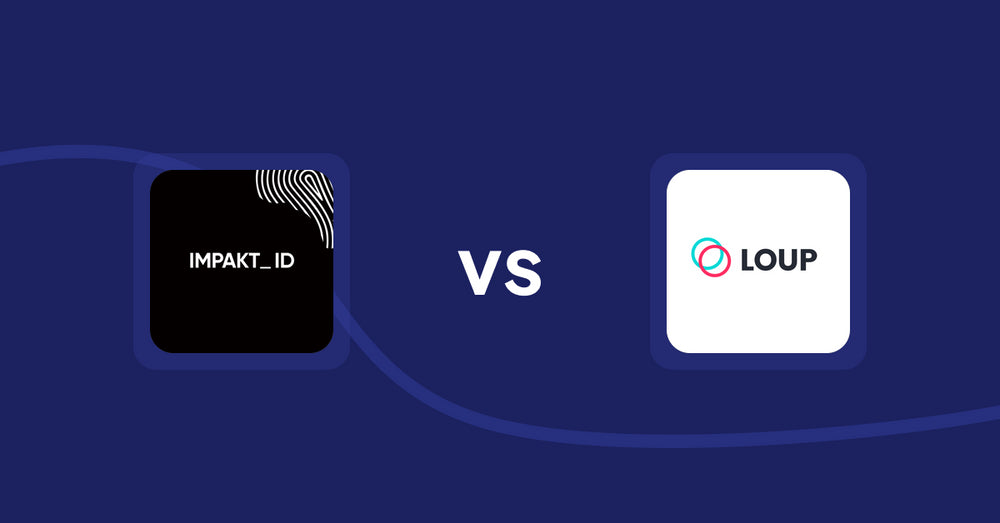Shopify Metafield Apps: TableFlow Specification Table vs Metafy
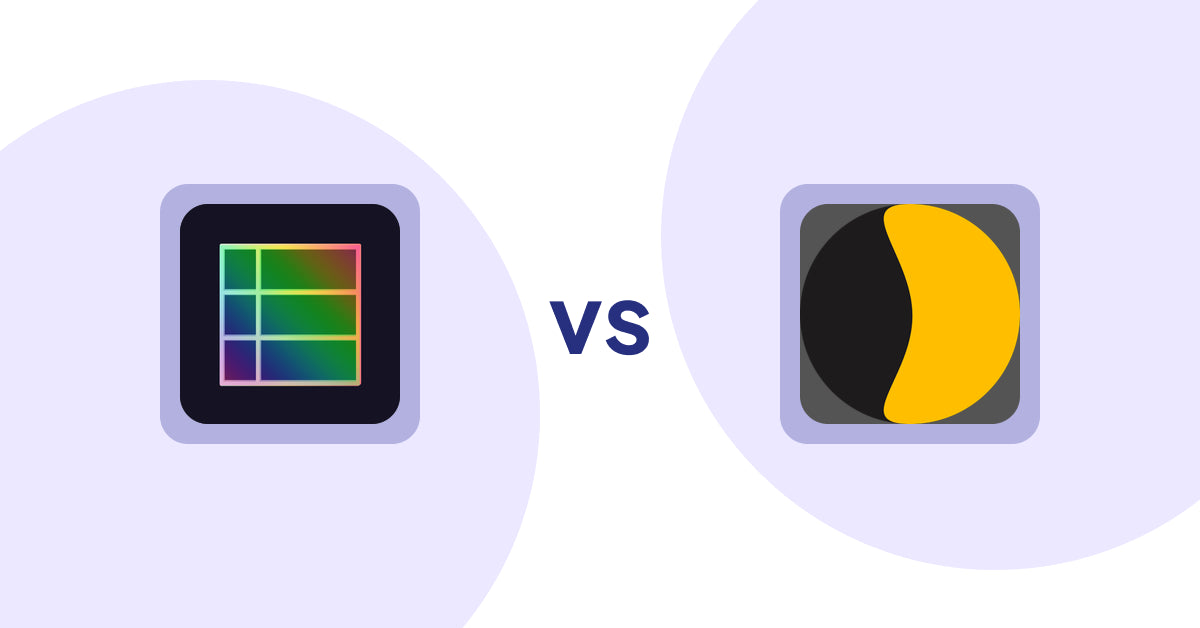
Table of Contents
- Introduction
- How Does TableFlow Specification Table Work?
- How Does Metafy Work?
- How Much Does TableFlow Specification Table Cost?
- How Much Does Metafy Cost?
- Cost Analysis: TableFlow Specification Table vs. Metafy
- User Reviews & Customer Support Insights
- Integration and Compatibility Comparison
- Conclusion
Introduction
Metafields have become critical components in enhancing the shopping experience for online retail. By providing additional, customizable information about products, Metafields allow merchants to present relevant details that can significantly influence purchasing decisions. As more businesses seek to leverage this technology, the demand for effective metafield apps continues to grow.
Among the available options, TableFlow Specification Table and Metafy stand out, offering diverse functionalities that enable merchants to optimize their product presentations. Both apps integrate seamlessly with Shopify, but their approach and features differ, providing unique opportunities to enhance user experience and engagement.
How Does TableFlow Specification Table Work?
TableFlow Specification Table is designed to streamline the creation and management of product specification tables. It allows businesses to effortlessly include detailed information about their products, which can help mitigate customer inquiries and improve overall satisfaction.
Key Features of TableFlow Specification Table
-
Unlimited Products and Table Groups: Merchants can add specification tables to an unlimited number of products and organize them into groups. This is particularly beneficial for larger businesses with extensive product catalogs, allowing them to display consistent information effortlessly.
-
Real-Time Value Changes: The app updates specification table values dynamically based on variant selections. This capability ensures that customers receive accurate product details tailored to their chosen options, enhancing their shopping experience.
-
Conditionally Display Metafields: Businesses can set conditions for which metafield tables appear based on product grouping, type, or tags. This function allows companies to present information that is most relevant to each specific product, avoiding clutter and confusion for customers.
-
Customization Options: With power-ups such as table grid, split view, expandable tables, and collapsible titles, merchants can customize how information is displayed, thereby improving user engagement and accessibility.
-
Multi-Column Specification: The app supports advanced layouts, including multi-column tables that can showcase various specs such as sizing and shipping rates. This flexibility is essential for catering to varied customer inquiries without overwhelming them with information.
Target Audience for TableFlow
- Startups: Ideal for new businesses looking to establish a strong product presence without significant overhead.
- Small to Medium Businesses: The extensive features allow these businesses to enhance their product visibility, potentially leading to increased sales.
- Large Enterprises: With unlimited product and group support, larger companies can manage vast inventories efficiently.
Each feature contributes to a more organized presentation of product information, facilitating customer decision-making and reducing common queries.
Hypothetically, a company selling electronic gadgets could use TableFlow to create detailed, real-time specification tables for each product variant, ensuring customers have accurate information about features, compatibility, and pricing without needing to contact customer service.
How Does Metafy Work?
Metafy underscores a different approach to managing Metafields within a Shopify store. The app empowers users to introduce custom fields across various products, pages, and collections without needing extensive technical knowledge.
Key Features of Metafy
-
Extensive Custom Field Options: Metafy allows users to create various custom fields for products, blogs, and more, providing flexibility across their Shopify store. This lets merchants tailor the shopping experience based on their unique needs.
-
No Development Costs: By relying on Shopify's infrastructure, Metafy eliminates concerns regarding scaling or hosting, making it accessible for businesses with limited budgets.
-
Wide-Ranging Applications: Unlike TableFlow, Metafy can apply metafields to a broader array of shop elements, catering closely to merchants looking to enhance more than just product information.
Target Audience for Metafy
- Startups: Startups can use Metafy’s ease of setup to start customizing their product information quickly.
- Small to Medium Businesses: Suitable for businesses that want to broaden their customization without incurring additional costs.
- Large Enterprises: While useful, larger businesses may find the limitations in comprehensive display options a drawback compared to apps like TableFlow.
Though Metafy provides significant flexibility, it may fall short when compared to TableFlow in terms of specific capabilities aimed at refining product display and enhancing user interaction.
How Much Does TableFlow Specification Table Cost?
In the realm of Metafield management, cost plays a crucial role, especially for businesses aiming to offer value without stretching their budgets. TableFlow Specification Table provides a single, straightforward pricing tier that delivers extensive features at an affordable rate.
Pricing Structure
-
Price: Plan Name: Basic - $5.96 per month
-
Features:
- Unlimited product additions
- Unlimited tables within designated groups
- Up to 150 table groups
- Real-time specification updates
- Conditional display logic for metafields
- Email support for queries
-
Limitations: While the Basic plan is robust, it may not offer advanced reporting features or additional premium functionalities.
-
Target Audience: This plan caters well to startups and small to medium businesses poised for growth who value an efficient yet economical solution.
This plan provides excellent value, especially considering the potential it offers in enhancing product detail representation.
It is important to note that you can always reach out to our team and we can create a custom pricing plan to suit your needs and your budget. Schedule a call via this link and we’ll come up with the best solution for you and your business.
How Much Does Metafy Cost?
Currently, there is limited information about the pricing structure for Metafy, which raises questions about transparency and accessibility for potential users.
Cost Considerations
-
Pricing Insights: There are no clear tiers or costs listed, which can deter small business owners seeking clear budget allocation and expenditures.
-
Features and Limitations: Given its broad application across various store elements, users may find some functionalities appealing, yet without knowing the cost, it becomes hard to assess its overall value compared to TableFlow.
-
Target Audience: The lack of transparency in pricing could alienate startups and smaller businesses, whereas larger enterprises might be more inclined to explore custom solutions due to potentially unmet needs in product display.
Cost Analysis: TableFlow Specification Table vs. Metafy
When comparing the two apps, TableFlow Specification Table offers a defined value at an accessible price. In contrast, Metafy lacks clarity in pricing, which may affect its acceptance among businesses seeking straightforward budgeting.
In terms of value proposition, TableFlow not only comes at a low monthly fee but also provides considerable features conducive to improving product engagement and visibility across all types of businesses. This empowering simplicity and comprehensive product management present TableFlow as a cost-efficient solution.
User Reviews & Customer Support Insights
Is TableFlow Specification Table Good?
Having garnered an impressive average rating of 5 stars from 64 reviews, TableFlow Specification Table is well-regarded for its user experience and efficiency in managing product specifications.
Is Metafy Good?
With an average rating of 4.3 stars based on 6 reviews, users may appreciate Metafy for its intuitive functionality. However, the low number of reviews raises concerns regarding widespread acceptance. Users might experience challenges related to the app’s limitations and find themselves desiring more robust features for effective metafield management.
Customer support is pivotal in influencing user satisfaction. While specific feedback on Metafy’s support is unavailable, TableFlow offers email support, ensuring that businesses receive assistance as needed, which could be a distinguishing factor in user experience.
User Preference: TableFlow Specification Table or Metafy?
TableFlow Specification Table is evidently more favored based on its higher rating and more extensive user feedback. It seems to outshine Metafy in terms of comprehensive features, effective usability, and overall customer satisfaction. The clarity of its offerings and pricing further solidifies its position as the superior choice for merchants looking to enhance their Metafields.
Integration and Compatibility Comparison
TableFlow Specification Table Integrations
TableFlow Specification Table integrates smoothly within the Shopify ecosystem. Its compatibility with existing Shopify features enhances its user experience, offering an intuitive interface for effortless navigation and setup.
Metafy Integrations
While specific integration details are sparse in the data provided, the general lack of clarity around Metafy’s compatibility may deter some users from considering it a reliable tool.
Conclusion
Both TableFlow Specification Table and Metafy deliver valuable solutions for Shopify merchants looking to manage Metafields effectively. However, TableFlow stands out due to its user-friendly design, comprehensive feature set, and transparent pricing structure. With an impressive 5-star rating, it represents better engagement and satisfaction for users looking to enhance their online shopping experiences. TableFlow’s robust offering uniquely positions it as the preferred choice for businesses aiming for growth and enhanced visibility in a competitive market.
Still Searching for the Perfect Customization Solution?
Stop searching and start thriving with Accentuate Custom Fields! This powerful metafield management app supercharges Shopify’s native features, giving you the tools to create a truly personalized customer experience.
Why Choose Accentuate Custom Fields?
- Advanced Customization: Unlimited field definitions, logical grouping, and custom layouts make your store one-of-a-kind.
- Enhanced Editor Experience: Effortlessly edit variant metafields, use advanced HTML and markdown editors, and sync field definitions between stores.
- Flexible Management: Import/export capabilities, automatic tagging, and comprehensive support for Metaobjects and versioning.
- 24/7 Support: If you have any questions or need assistance, our team is available around the clock to help with any custom modifications to suit your store.
Join over 12,000 merchants, including top Shopify Plus stores, who trust Accentuate for their customization needs. With a stellar 4.9-star rating, Accentuate is the go-to tool for advanced CMS needs, offering unmatched flexibility and control over your store’s content. Elevate your Shopify store with high-quality content that boosts customer experiences and conversions. Tell your story, showcase your products, and create an engaging customer journey with ease.
Experience the Accentuate difference and watch your Shopify store thrive!
Accentuate vs Competition
Explore how Accentuate Custom Fields stands out. Whether you’re aiming to customise your storefront, streamline operations or improve content management, see how we compare against the competition
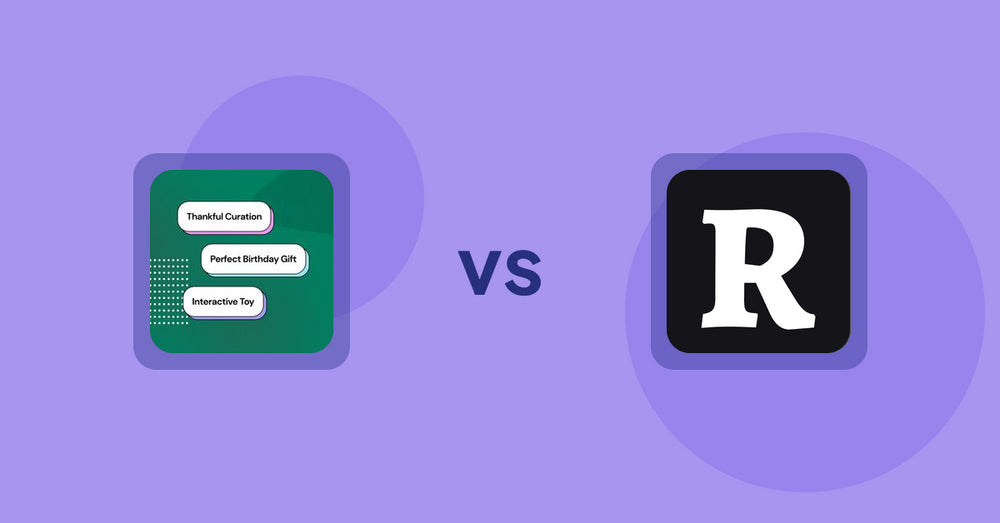
Shopify Product Display Apps: FeatureFrame ‑ Pretty Product vs. AI SEO: Top Product Features
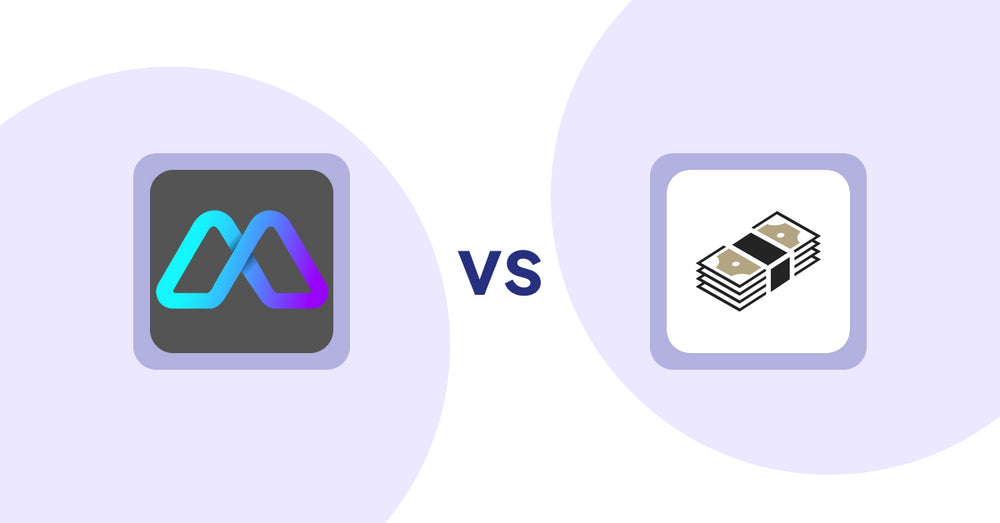
Shopify Product Display Apps: Metadrob: Create Virtual Store vs シンプルクラウドファンディング|お手軽自社クラファン
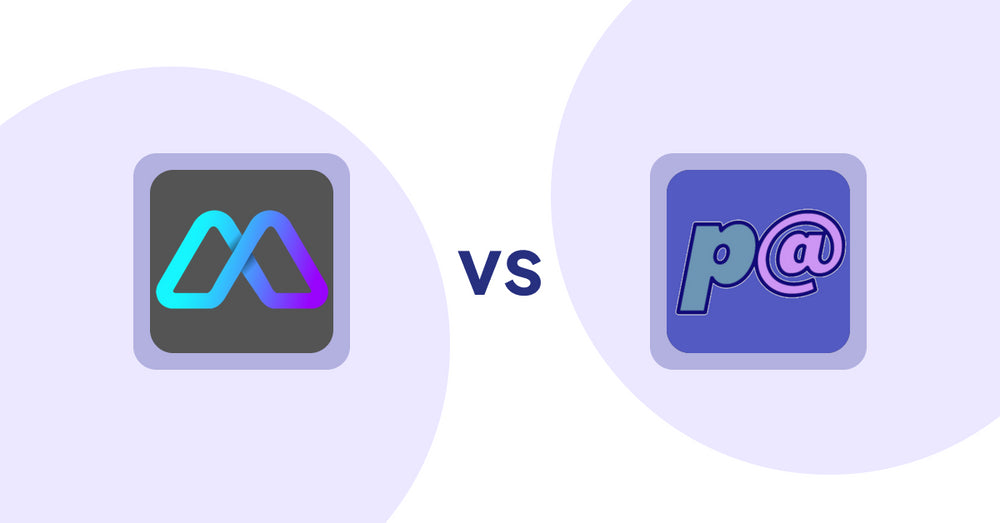
Shopify Product Display Apps: Metadrob: Create Virtual Store vs Parameterizer
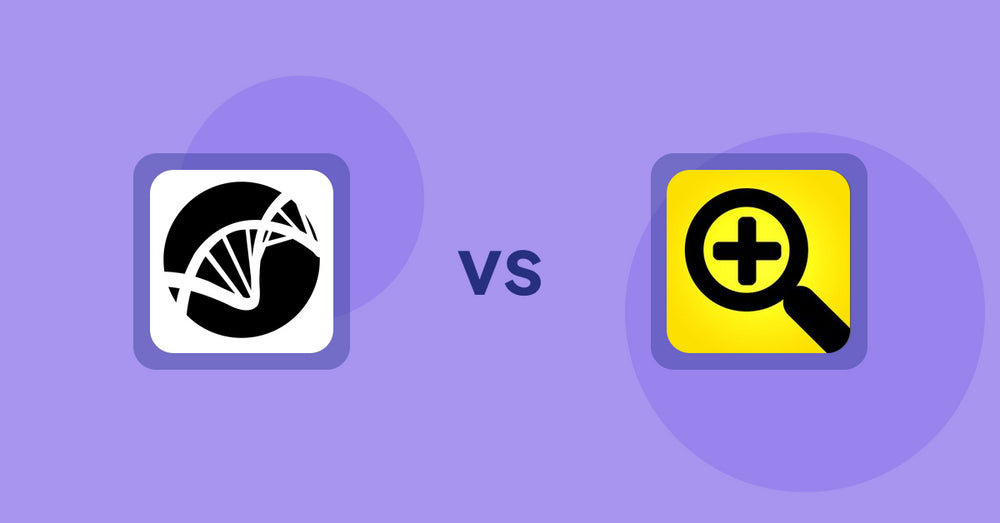
Shopify Product Display Apps: Bike Matrix vs. Fast View: Fastest Quick View
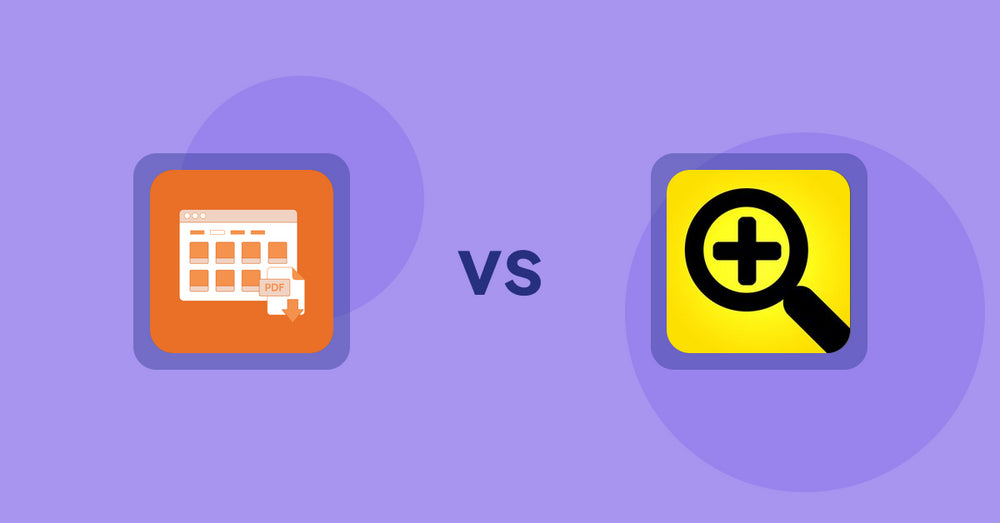
Shopify Product Display Apps: Meetanshi PDF Product Catalog vs Fast View: Fastest Quick View
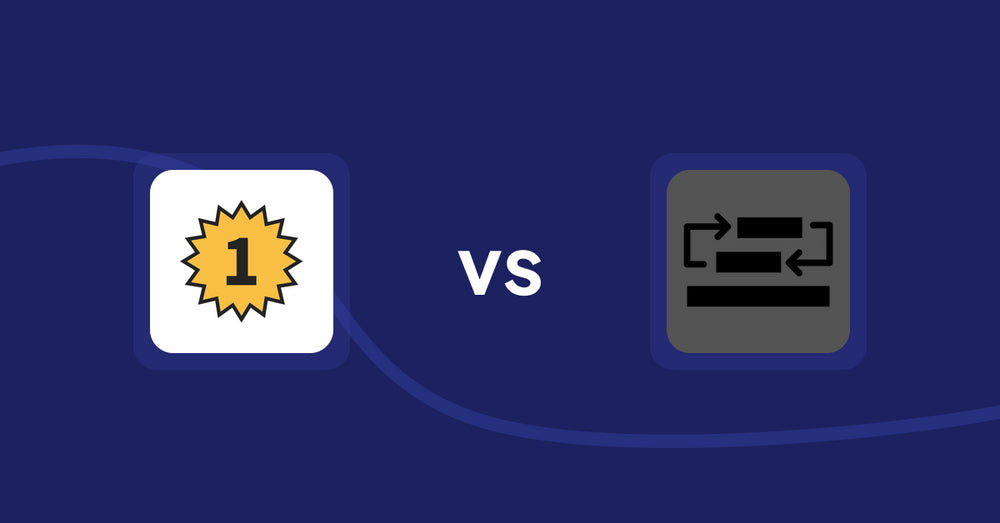
Shopify Product Display Apps: UR: Smart Ranking vs Sortyfi Collection Merchandise
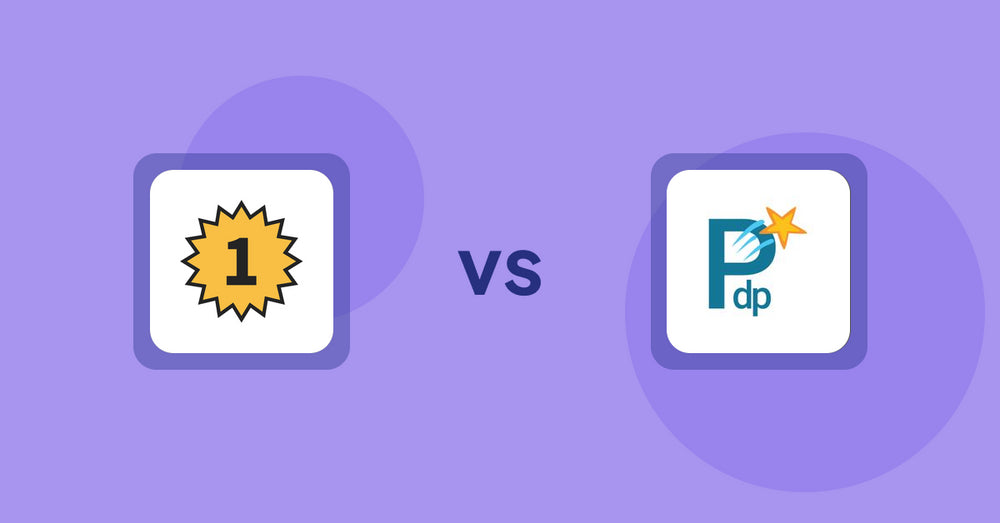
Shopify Product Display Apps: UR: Smart Ranking vs PDP Star
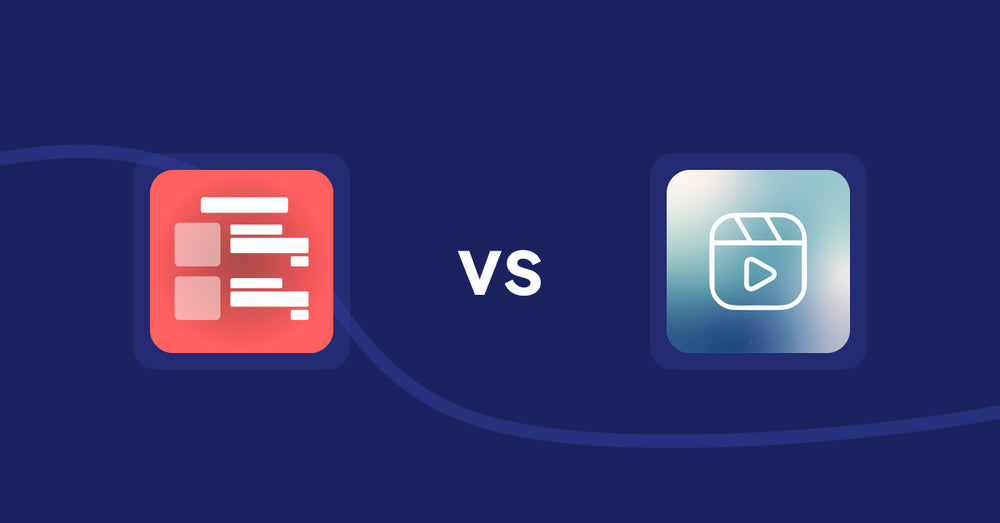
Shopify Product Display Apps: Menulog vs Reelify ‑ Shoppable Reel Video
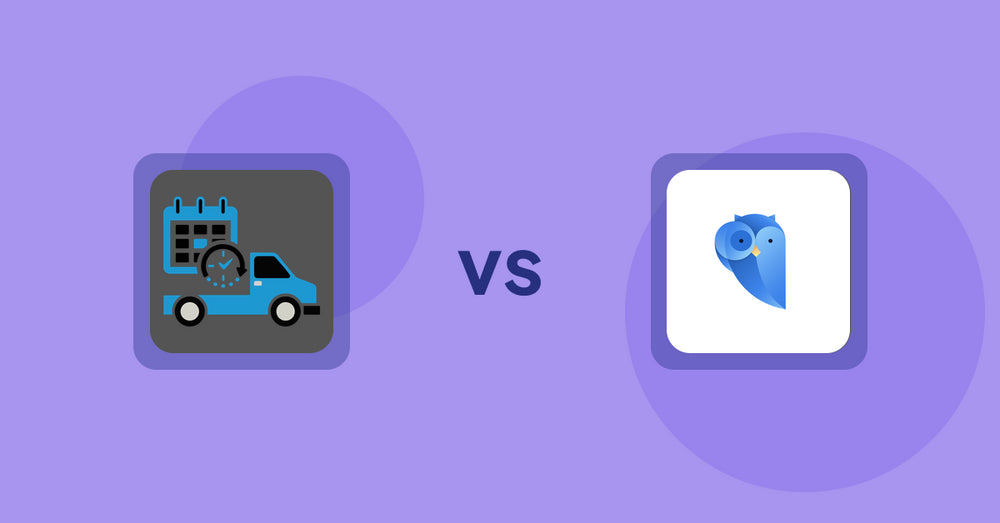
Shopify Product Display Apps: H3 Estimated Delivery vs Findify Search & Merchandise
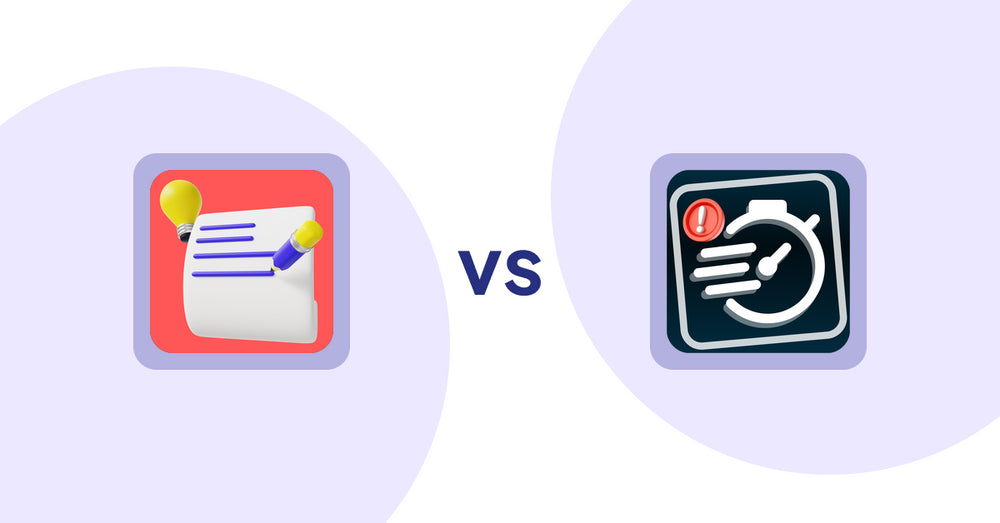
Shopify Product Display Apps: Wordo ‑ ChatGPT AI Description vs Urgency! Low Stock Counter
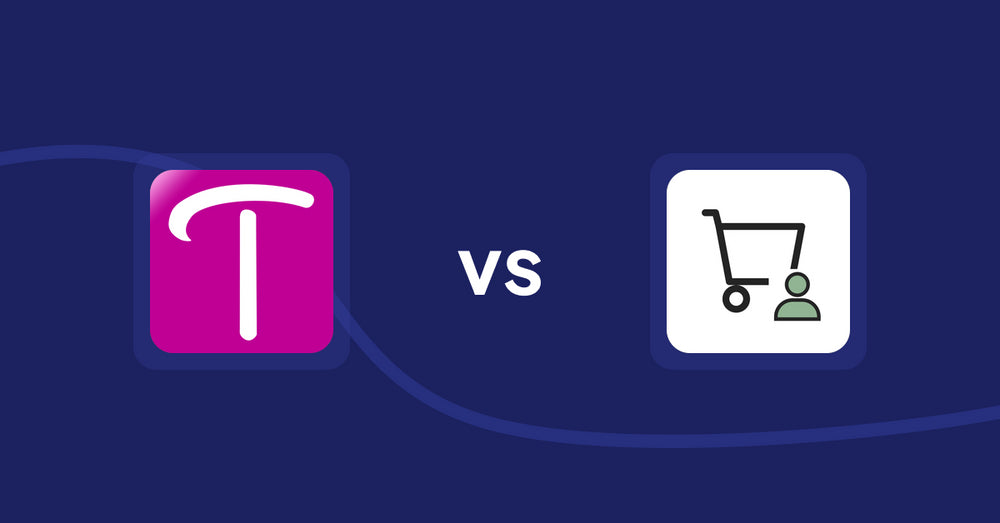
Shopify Product Display Apps: WS Transparency vs シンプル会員注文割引|お手軽ログインセール設定
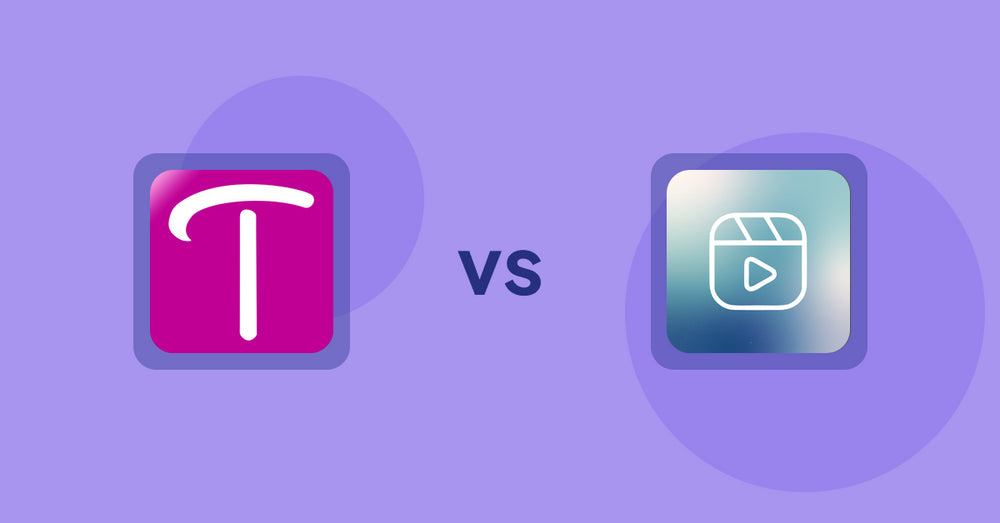
Shopify Product Display Apps: WS Transparency vs Reelify ‑ Shoppable Reel Video
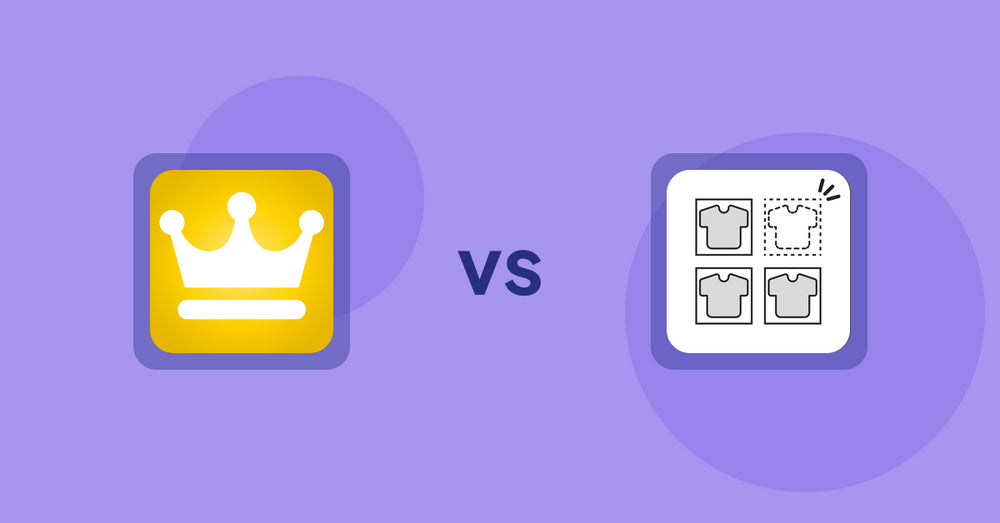
Shopify Product Display Apps: Awesome Ranking vs シンプル売り切れ非表示|在庫切れ商品の表示変更
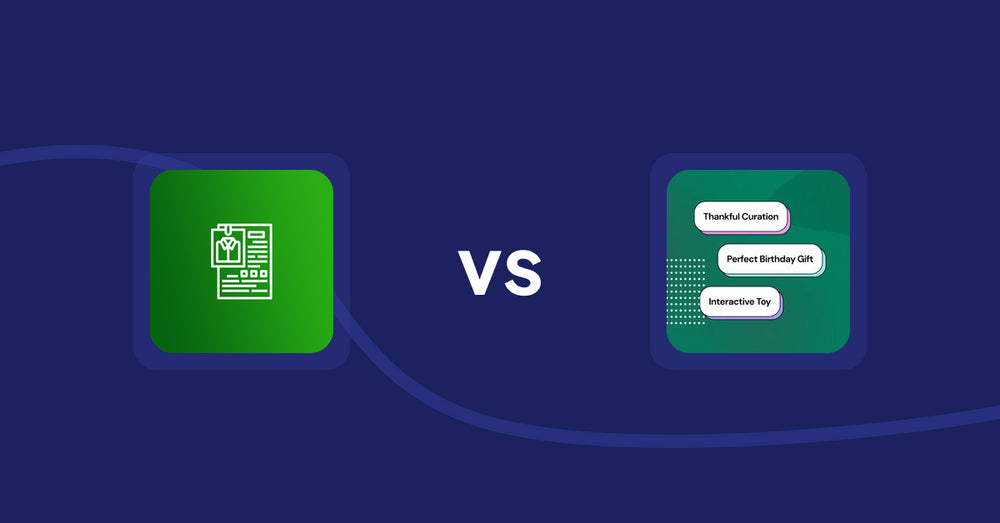
Shopify Product Display Apps: OC Product Size Chart vs FeatureFrame ‑ Pretty Product
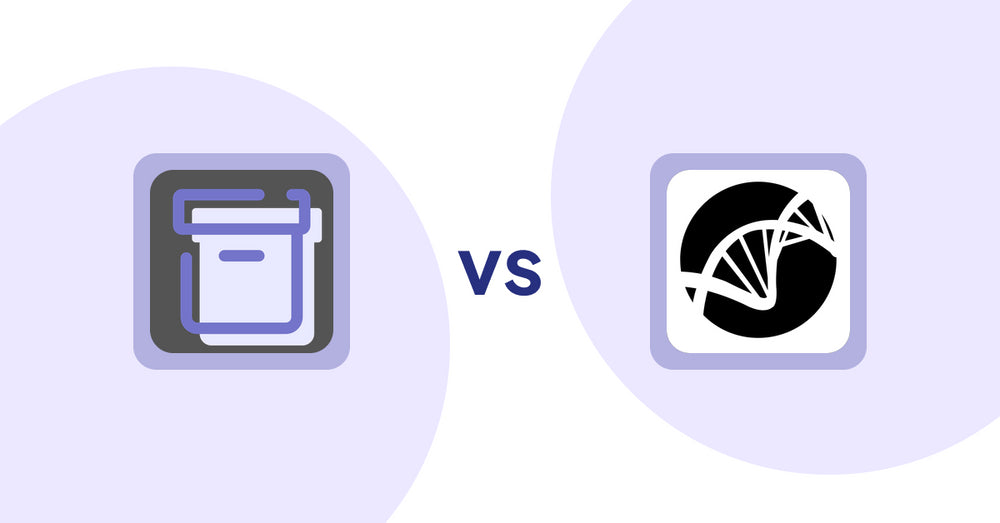
Shopify Product Display Apps: Shelfify vs Bike Matrix
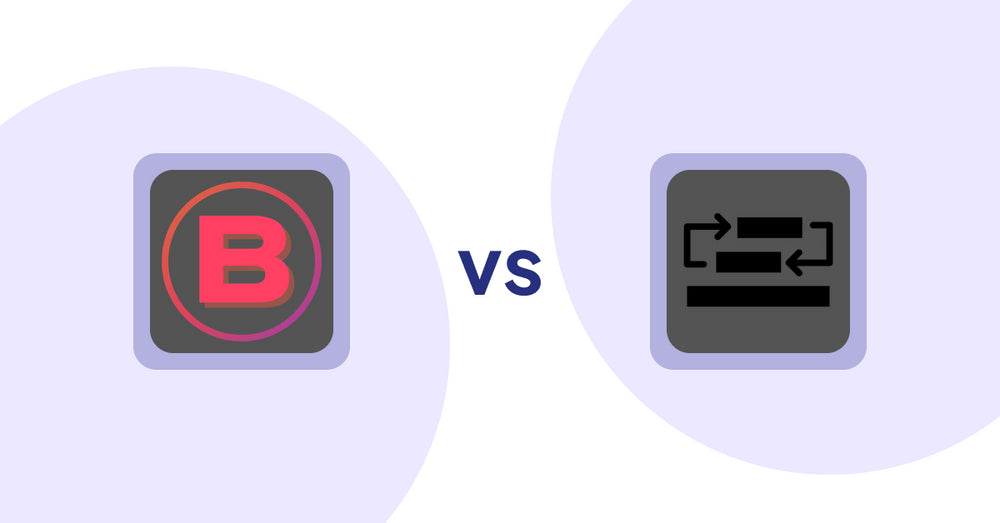
Shopify Product Display Apps: Banter Stories vs Sortyfi Collection Merchandise
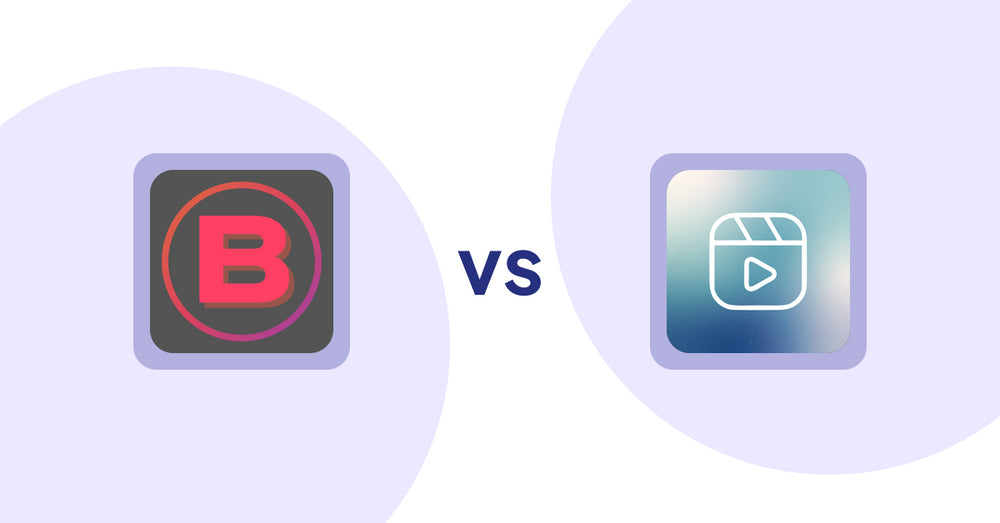
Shopify Product Display Apps: Banter Stories vs. Reelify ‑ Shoppable Reel Video
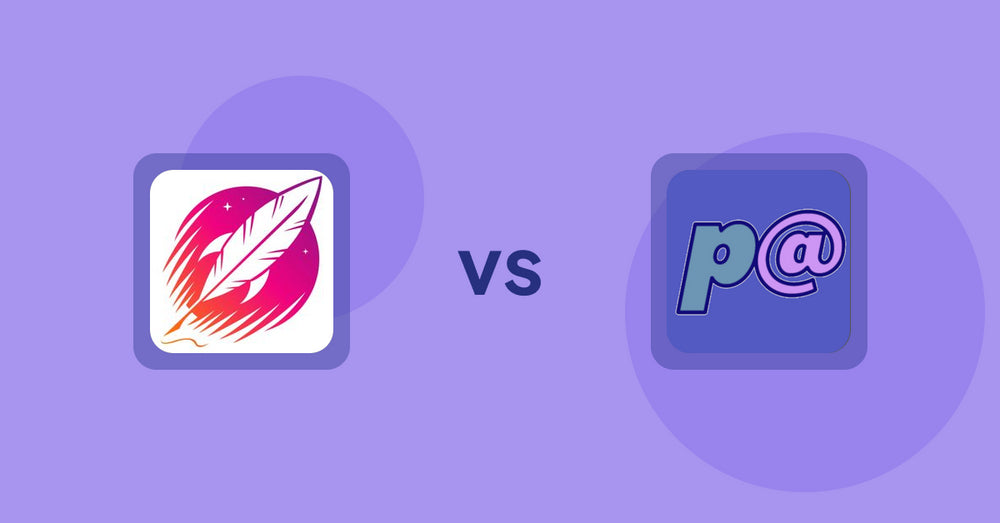
Shopify Product Display Apps: Wordsmith: Content Generator vs Parameterizer

Shopify Product Display Apps: Wordsmith: Content Generator vs Reelify ‑ Shoppable Reel Video
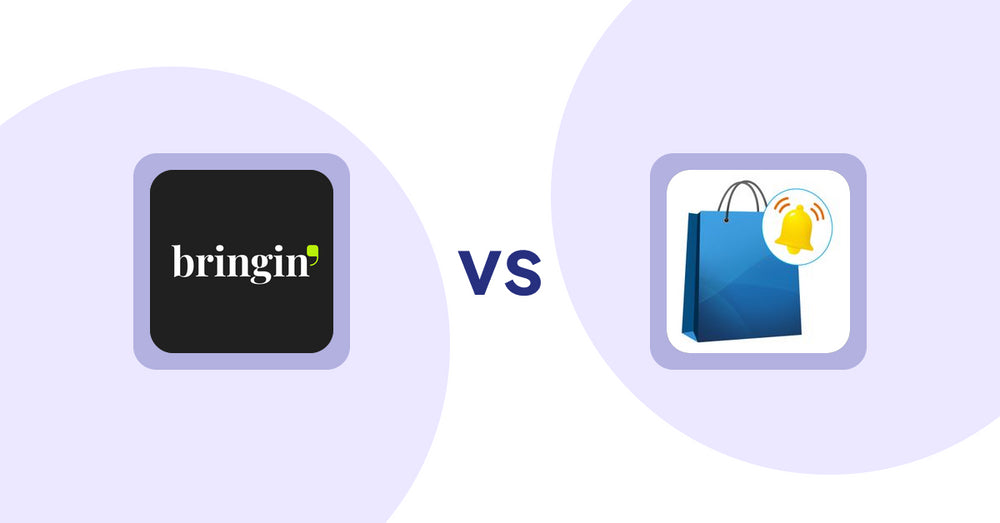
Shopify Product Display Apps: Bringin vs CartBar ‑ Product Purchase Bar
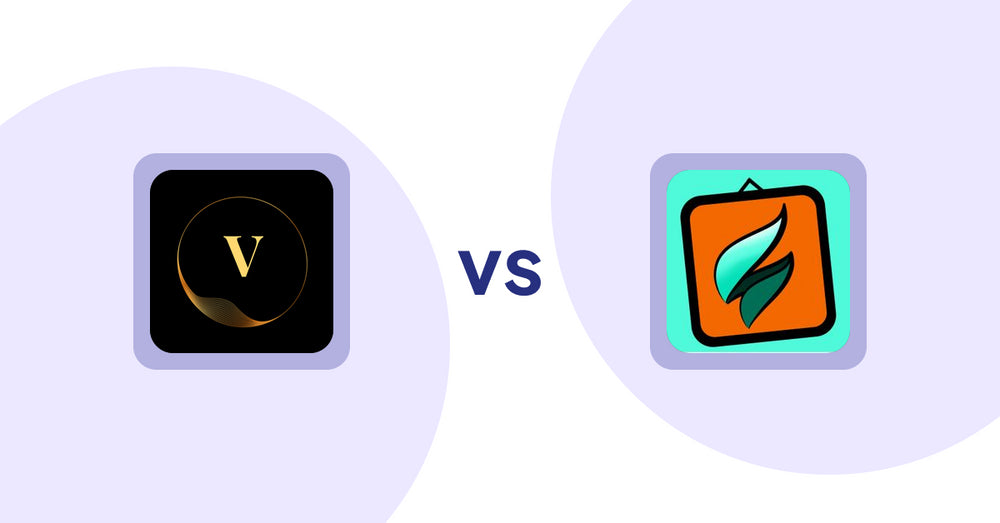
Shopify Product Display Apps: ProductTube vs SMART ‑ Art Product Builder
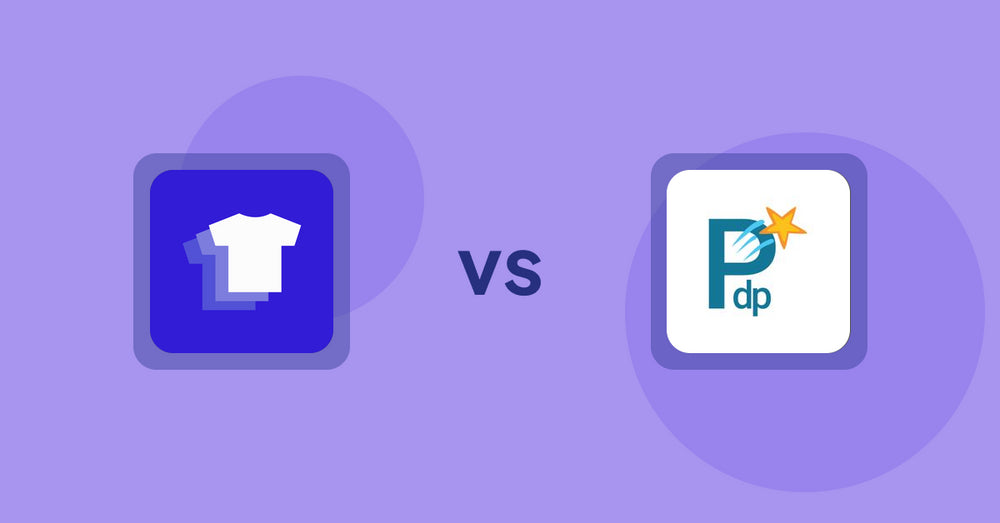
Shopify Product Display Apps: Xpander vs PDP Star
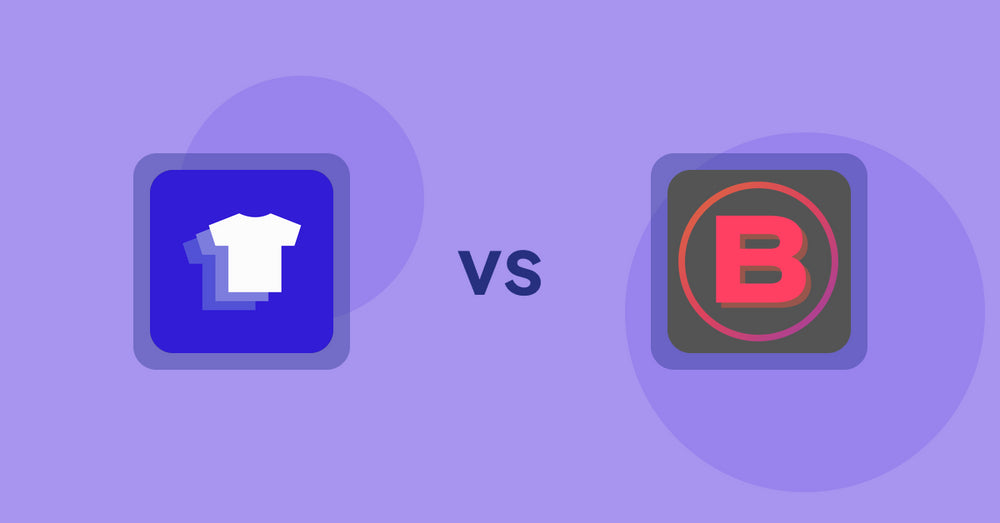
Shopify Product Display Apps: Xpander vs Banter Stories
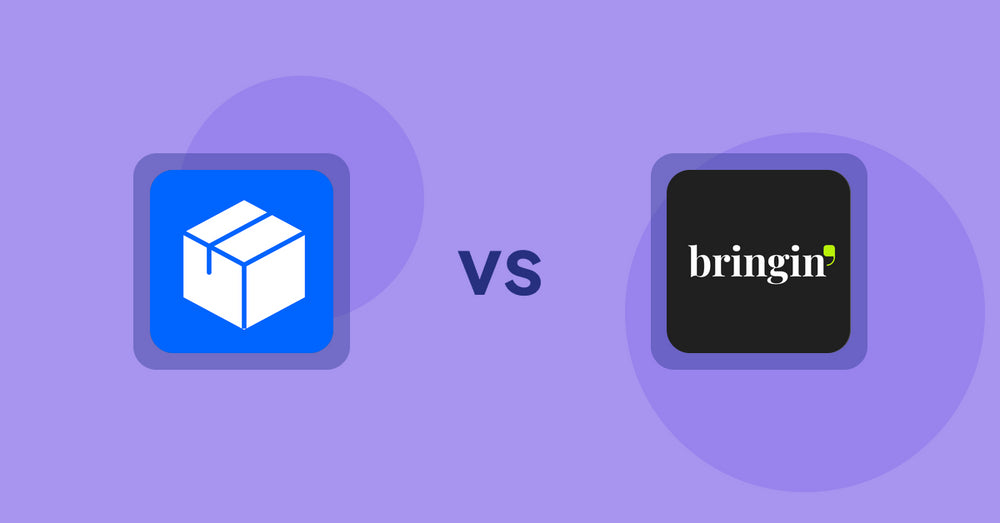
Shopify Product Display Apps: Wonderful Widgets vs Bringin
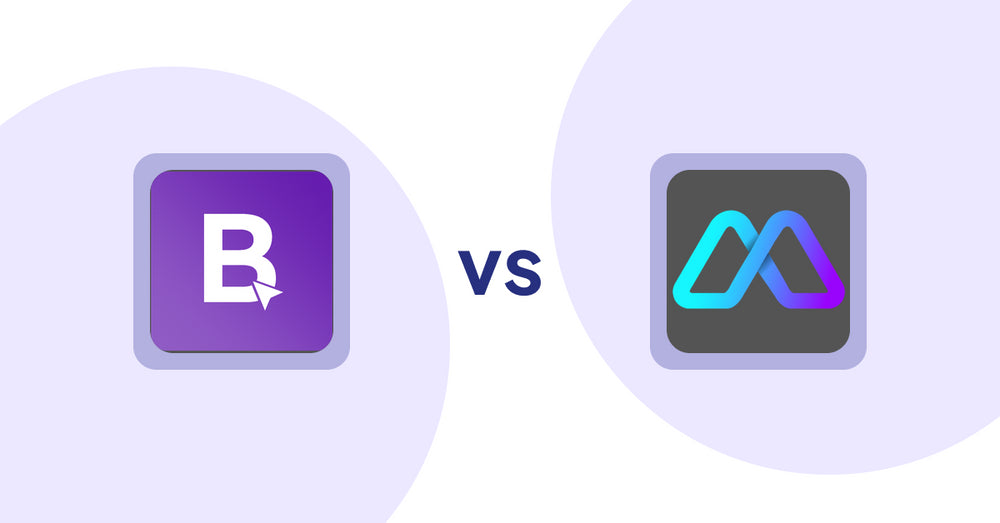
Shopify Product Display Apps: BookE - Rent Property & Service vs Metadrob: Create Virtual Store
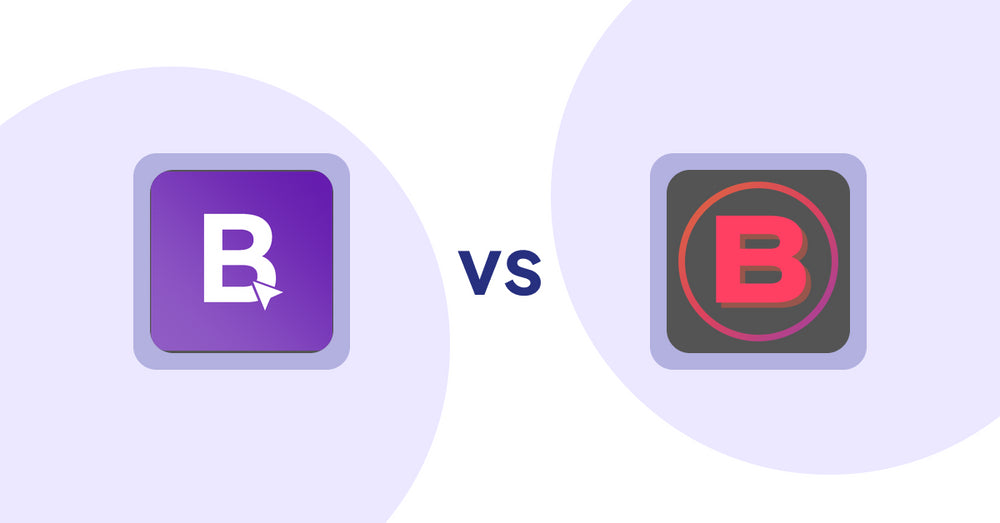
Shopify Product Display Apps: BookE ‑Rent Property & Service vs. Banter Stories
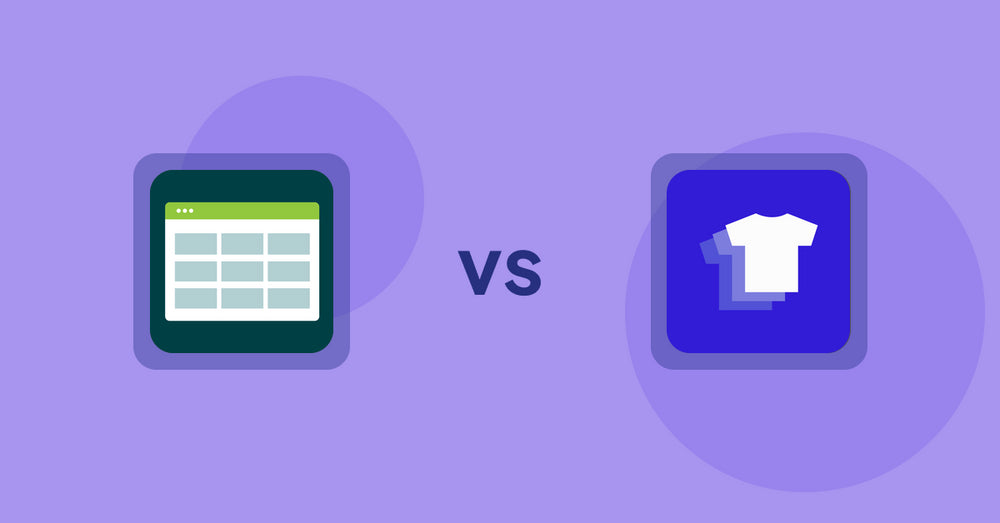
Shopify Product Display Apps: Product Table vs. Xpander
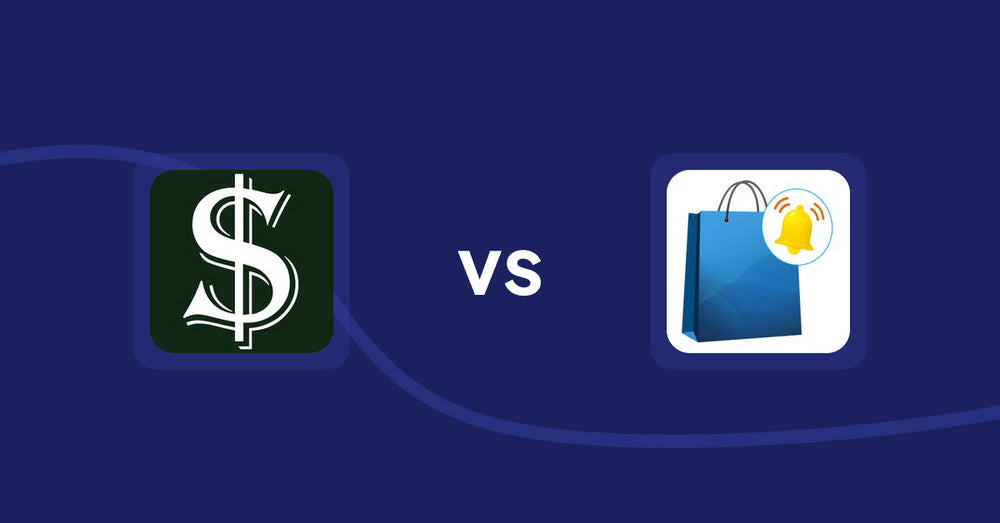
Shopify Product Display Apps: Selling Fast vs CartBar ‑ Product Purchase Bar
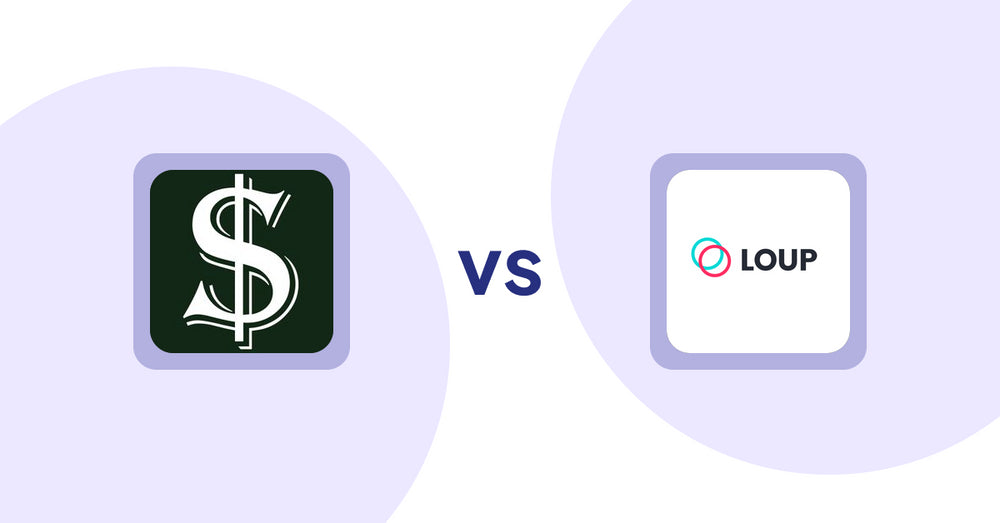
Shopify Product Display Apps: Selling Fast vs. Loup: Sell on Instagram
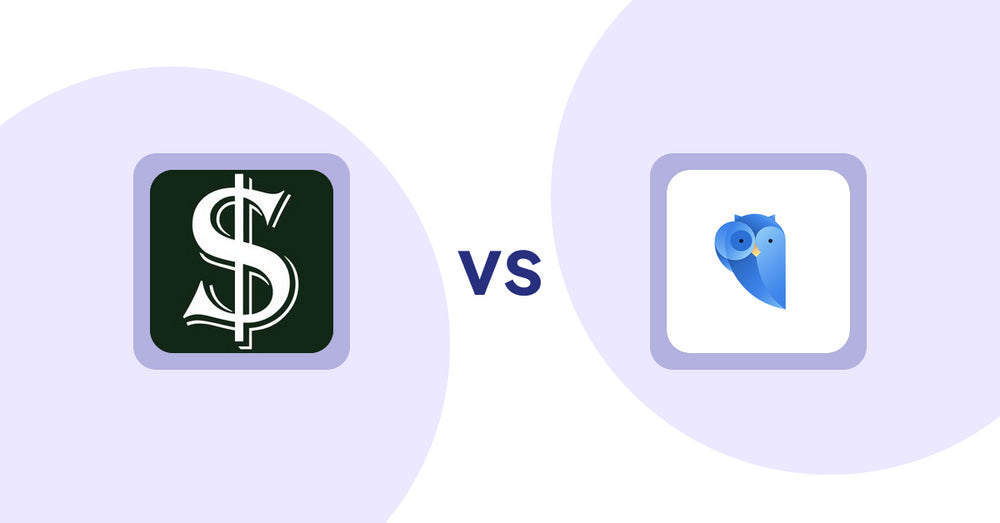
Shopify Product Display Apps: Selling Fast vs. Findify Search & Merchandise
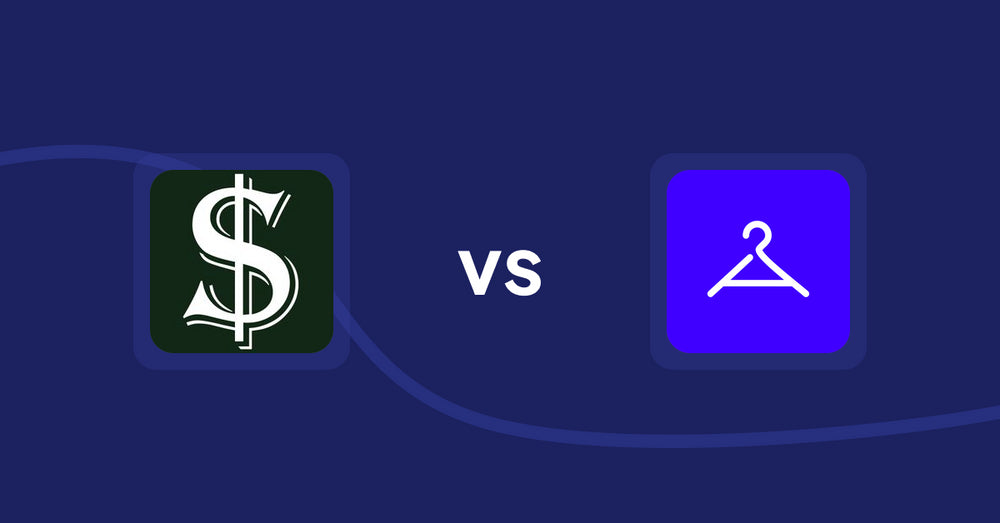
Shopify Product Display Apps: Selling Fast vs. Aiuta
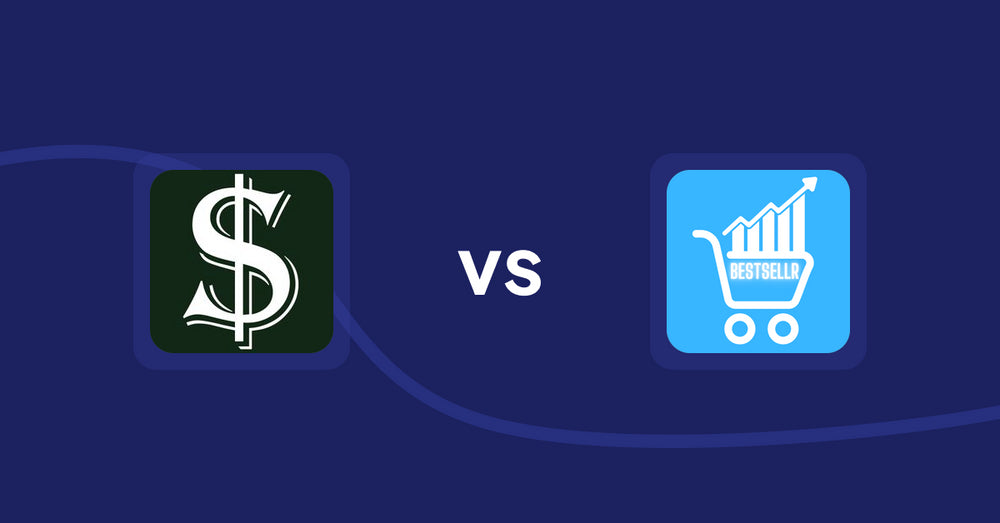
Shopify Product Display Apps: Selling Fast vs Bestsellr
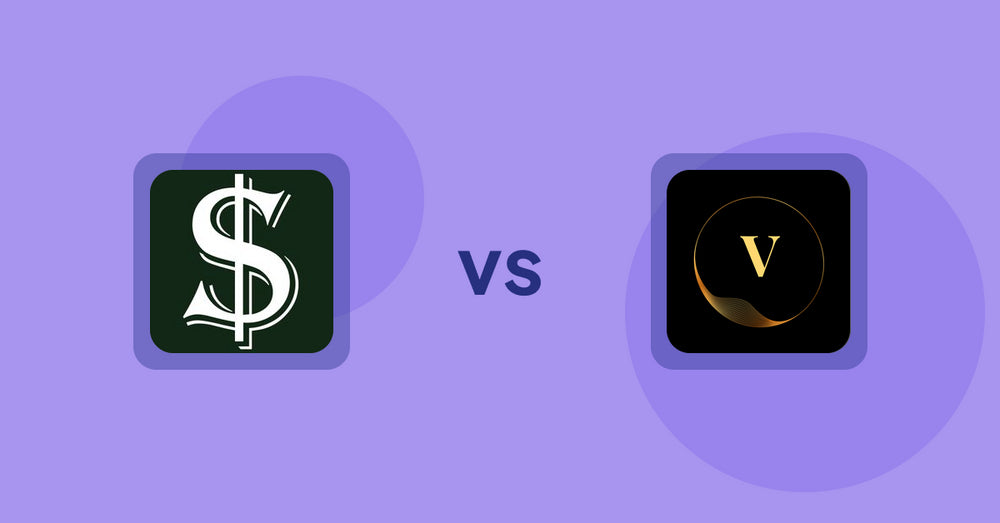
Shopify Product Display Apps: Selling Fast vs ProductTube
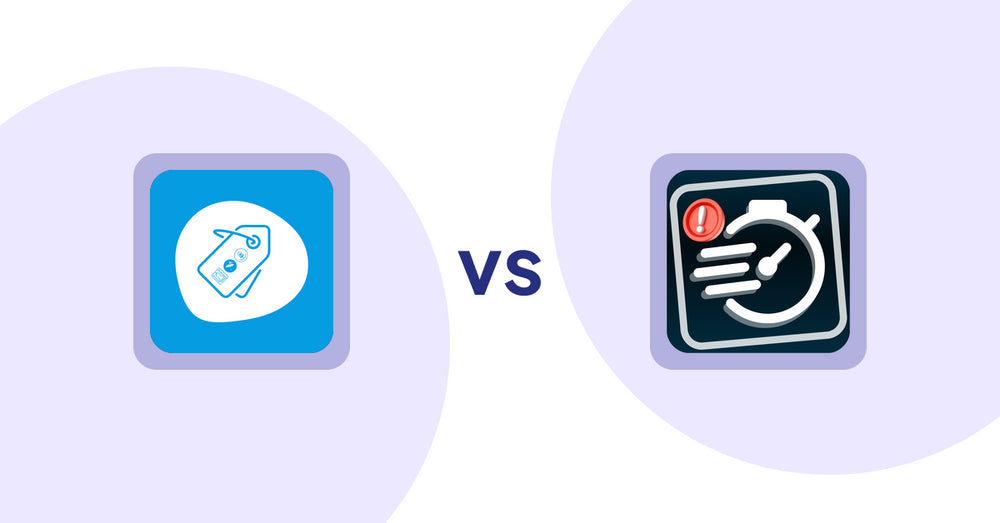
Shopify Product Display Apps: Extendons Product Tag Images vs Urgency! Low Stock Counter
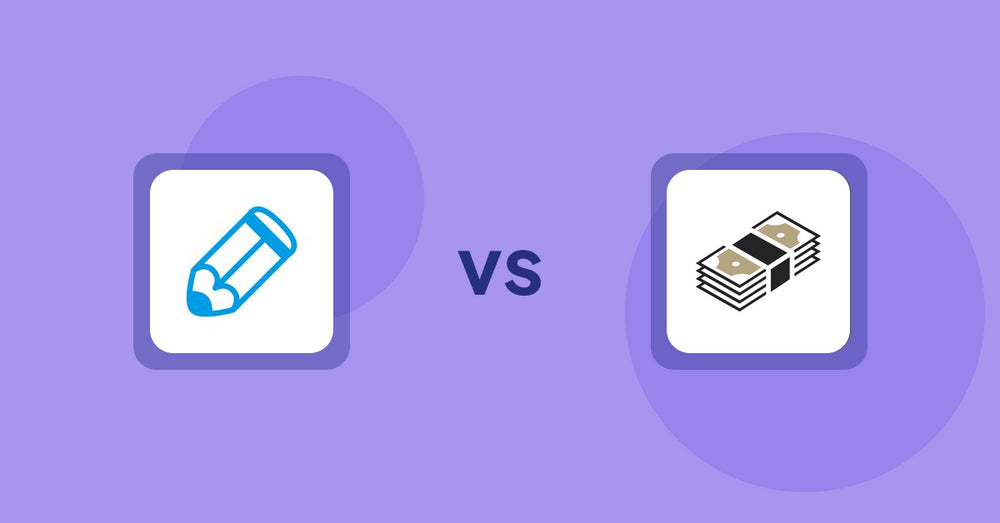
Shopify Product Display Apps: Writer Sofia vs シンプルクラウドファンディング|お手軽自社クラファン
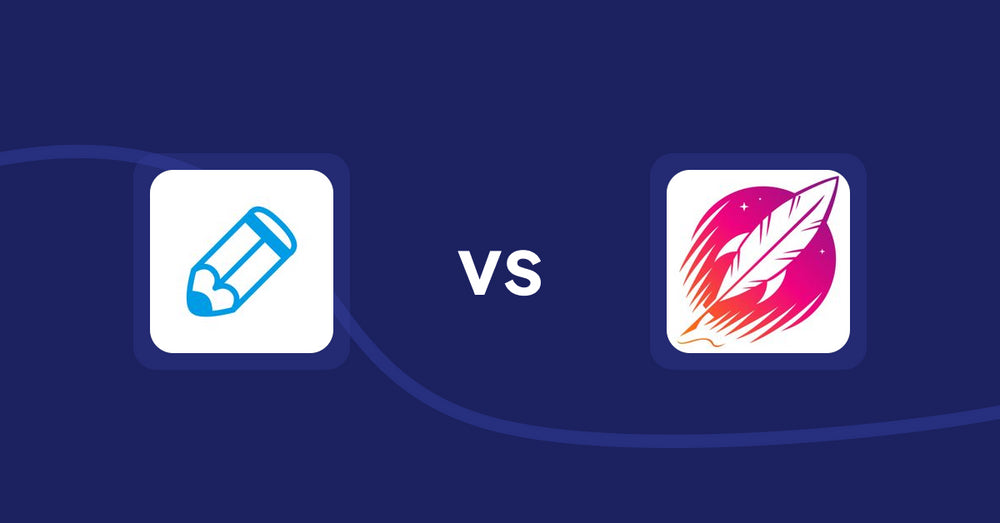
Shopify Product Display Apps: Writer Sofia vs Wordsmith: Content Generator
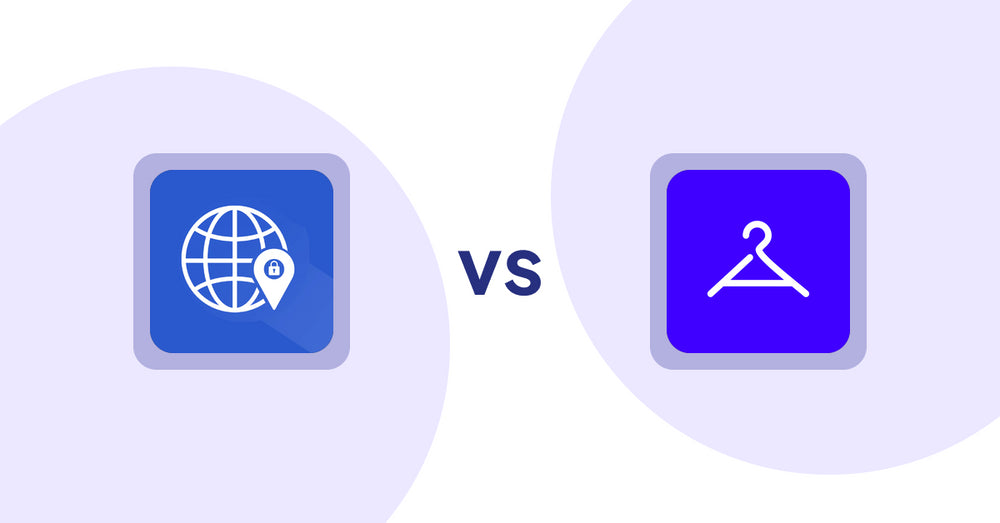
Shopify Product Display Apps: Addify ‑ Country Restrictions vs Aiuta
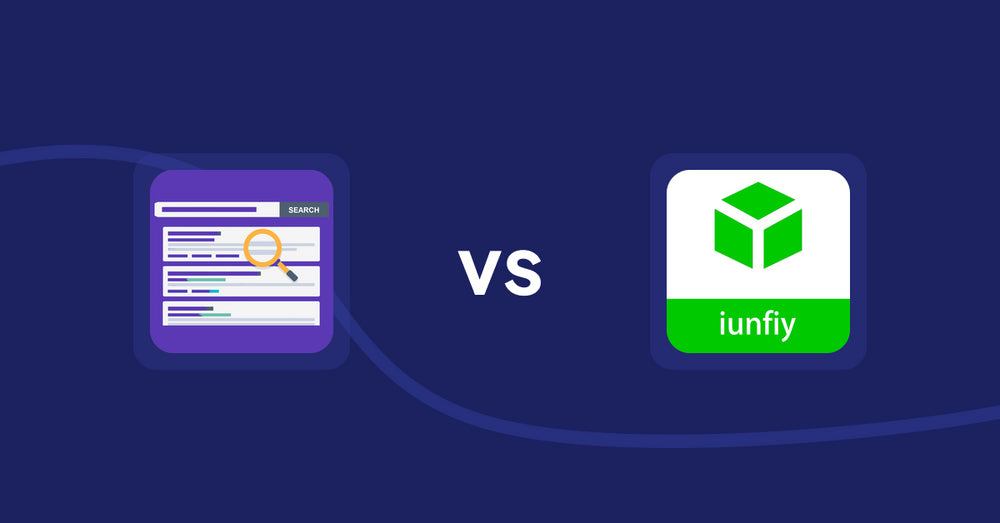
Shopify Product Display Apps: Spark AI Products Description vs iunfiy • Related Products
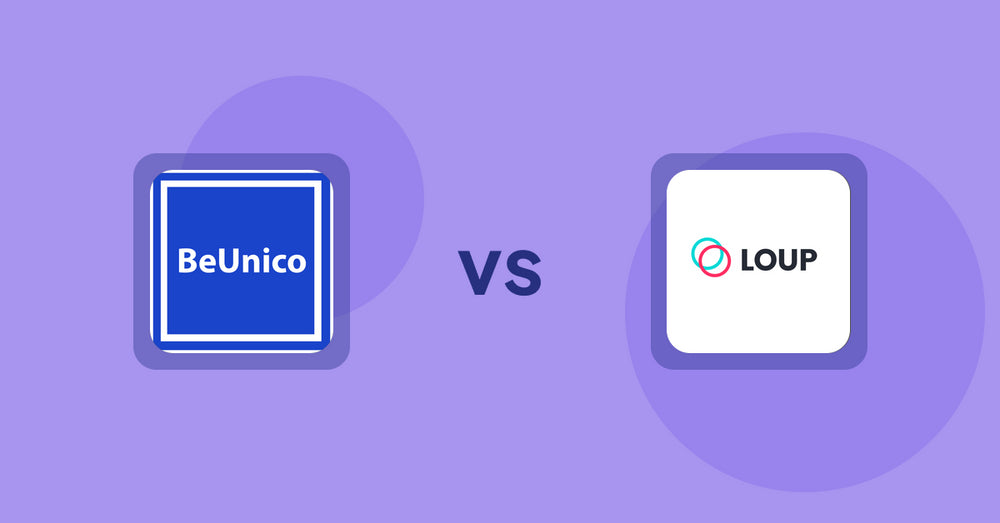
Shopify Product Display Apps: BeUnico vs Loup: Sell on Instagram
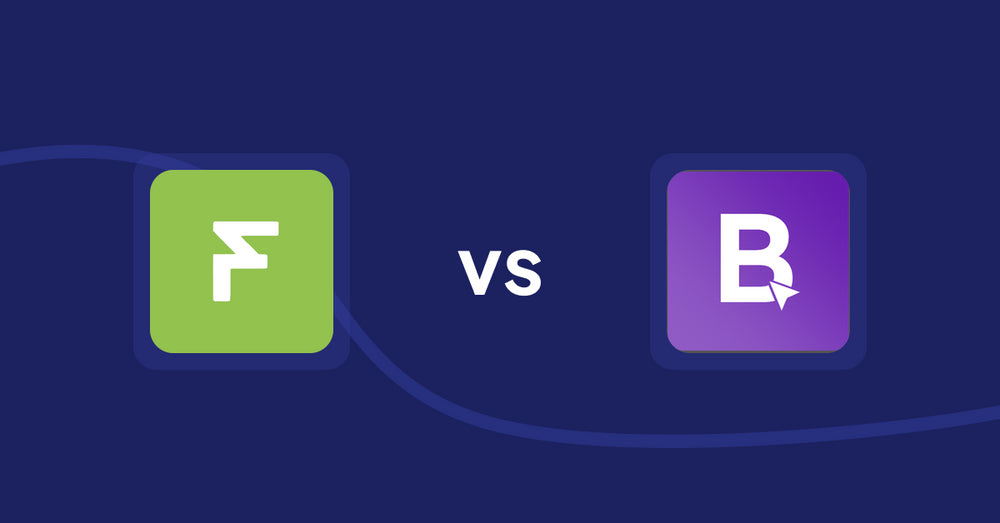
Shopify Product Display Apps: Easy Estimate Shipping vs BookE ‑Rent Property & Service
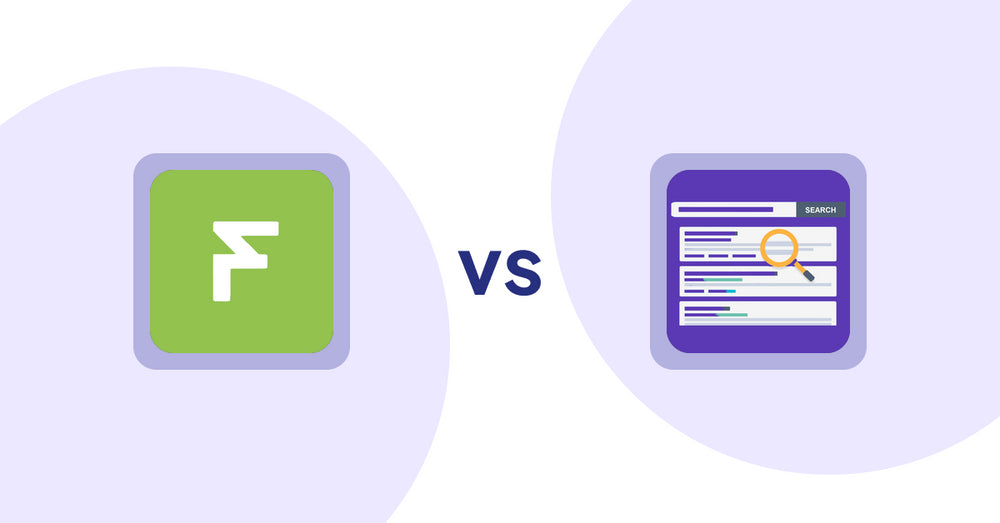
Shopify Product Display Apps: Easy Estimate Shipping vs. Spark AI Products Description
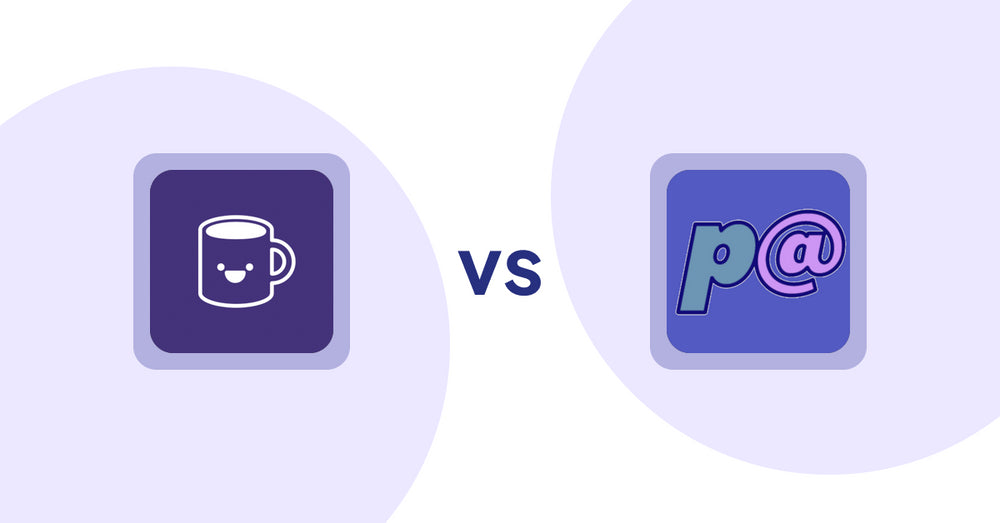
Shopify Product Display Apps: Mugshot Bot vs Parameterizer
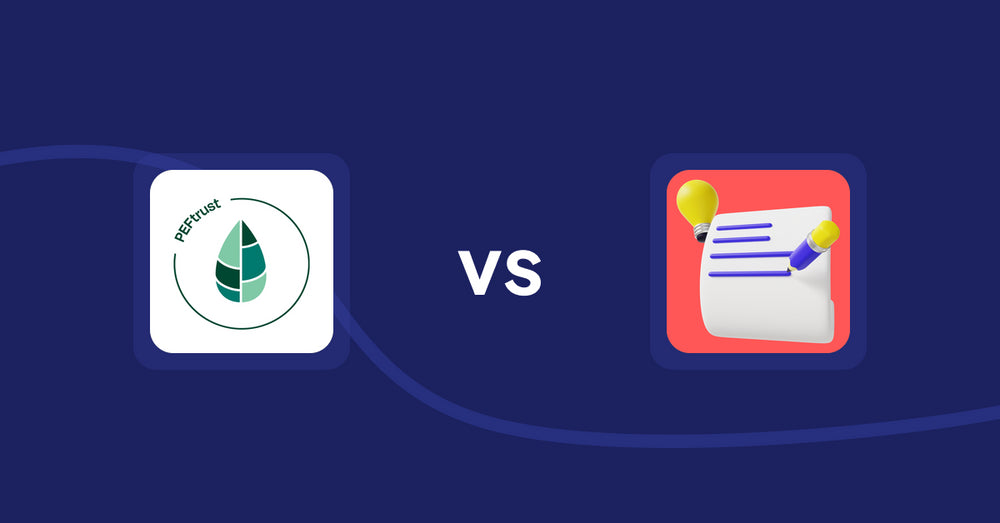
Shopify Product Display Apps: Peftrust vs. Wordo ‑ ChatGPT AI Description
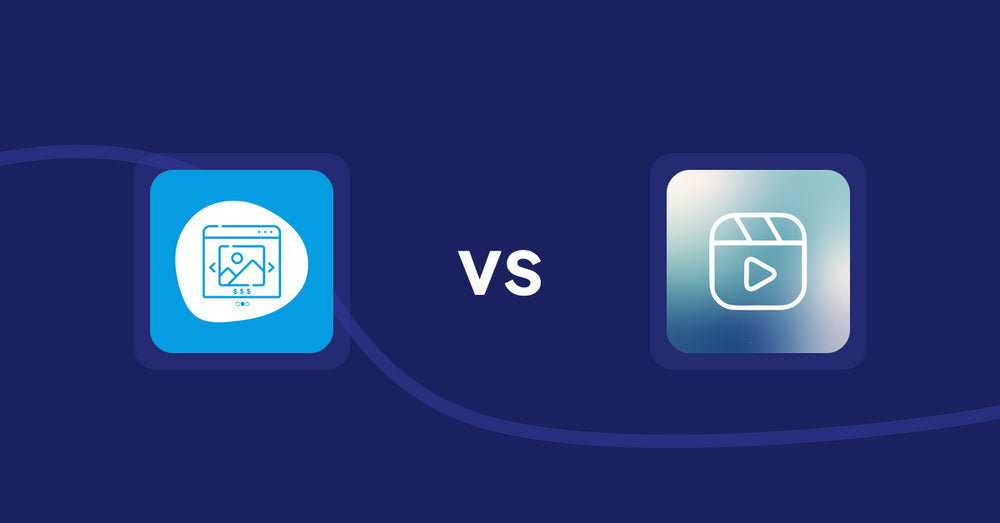
Shopify Product Display Apps: Quick Product Navigator Slide vs Reelify ‑ Shoppable Reel Video
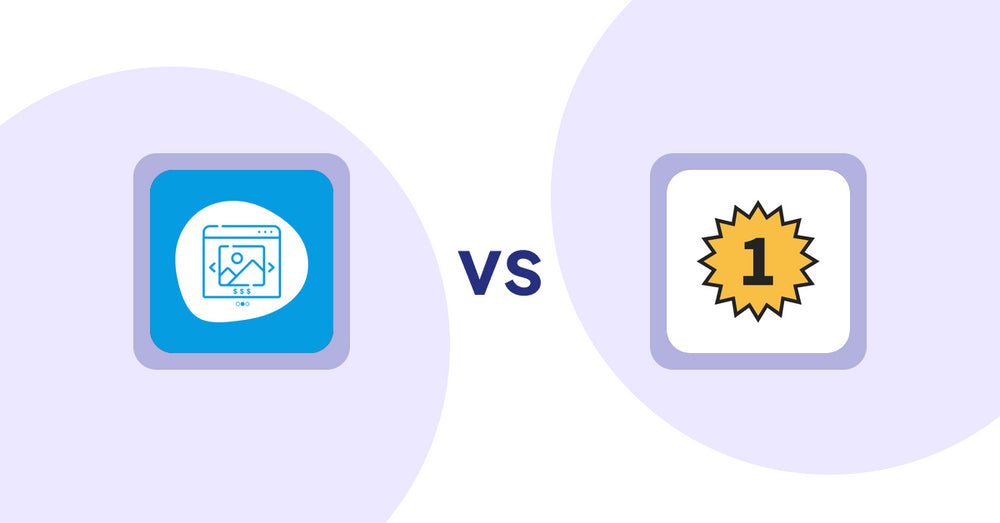
Shopify Product Display Apps: Quick Product Navigator Slide vs. UR: Smart Ranking
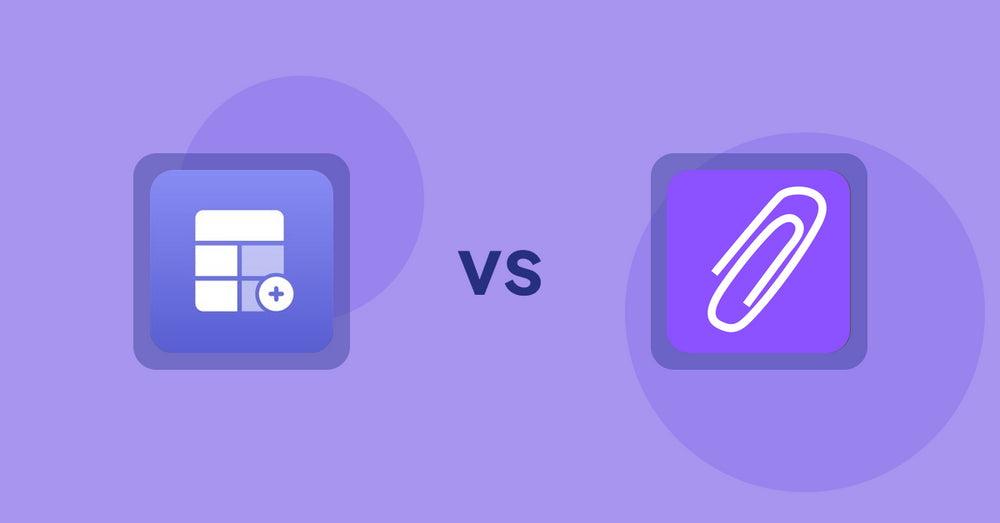
Shopify Product Display Apps: Eazy Specification Tags Table vs Agile Attachments
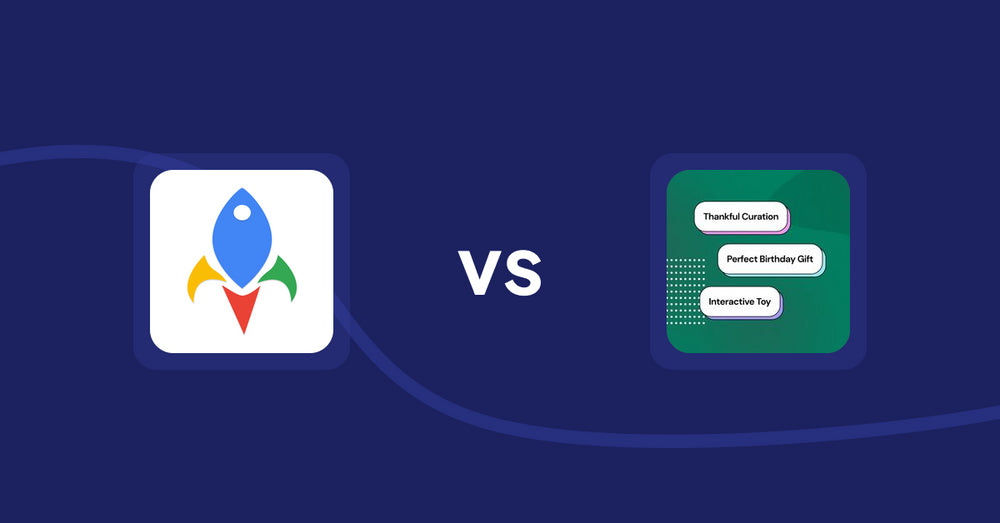
Shopify Product Display Apps: Jedi Back In Stock Admin Alert vs FeatureFrame ‑ Pretty Product
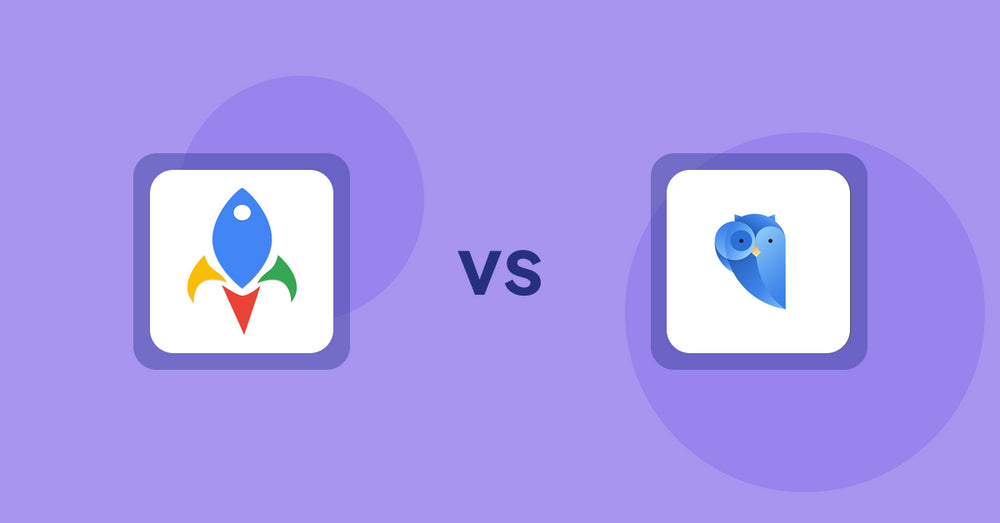
Shopify Product Display Apps: Jedi Back In Stock Admin Alert vs. Findify Search & Merchandise
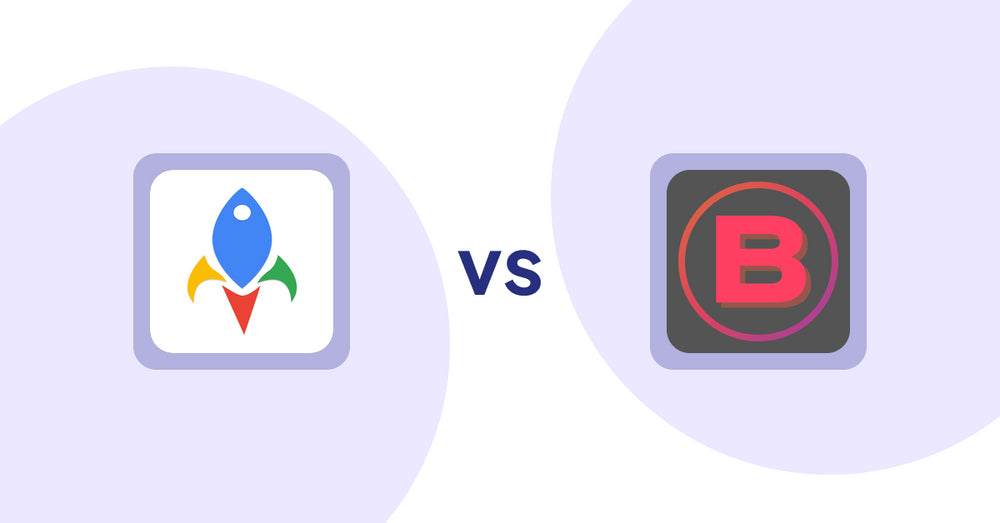
Shopify Product Display Apps: Jedi Back In Stock Admin Alert vs Banter Stories
